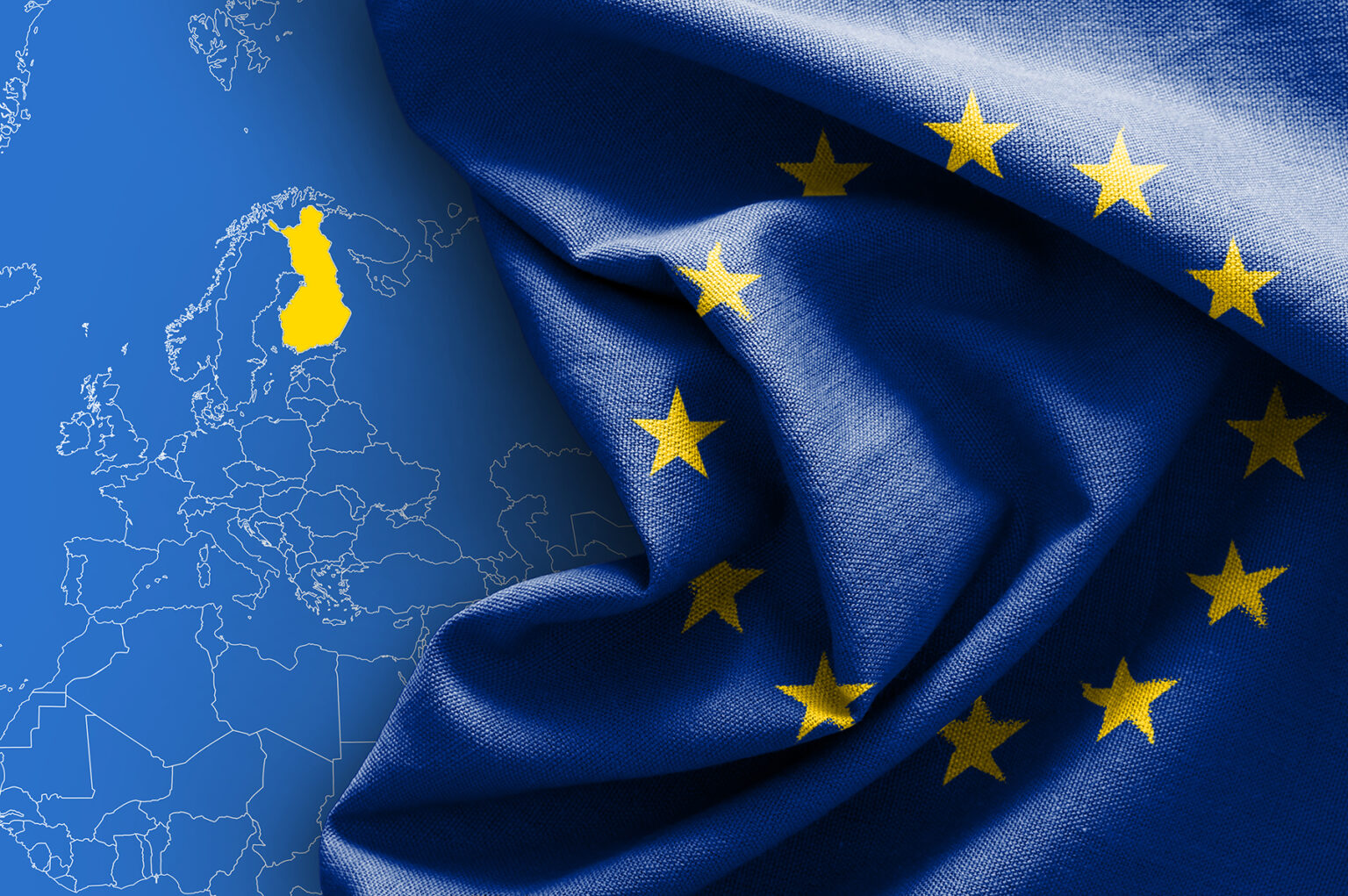

Finland Stakes Its Claim in Europe’s AI Future with Bid for EU Gigafactory
The Nordic nation positions itself as front-runner to host the EU’s first artificial intelligence ‘gigafactory’ in a bid to reshape the continent’s technological sovereignty. Behind the scenes, Finland’s bid is reinforced by a public-private coalition led by Nokia.

Martti Asikainen, 10.6.2025

In the midst of pine forests surrounding Kajaani, one of Europe’s key nodes for the digital future may soon emerge. Finland has joined the race for EU artificial intelligence “gigafactories”. These represent massive investments that could transform the country’s position in the global technology landscape.
Prime Minister Petteri Orpo’s vision rests on one hard fact: the EuroHPC Joint Undertaking’s first exascale-level supercomputer, LUMI, already operates in Kajaani. It provides a ready-made foundation that no other candidate can fully match.
Hundreds of billions of euros wagered on competitiveness
The European Commission’s new InvestAI initiative targets €200 billion in investments in artificial intelligence and high-performance computing. These AI gigafactories will operate as continent-wide data centres. They are designed to power Europe’s own response to Silicon Valley’s artificial intelligence race.
Competition will be fierce. Other European nations—including Germany, France, and the Netherlands—are also preparing their bids. Each country relies on its own industrial strengths and regional advantages. During 2025-2026, at least 15 AI factories and several smaller hubs are expected to be operational.
Finland’s bid is not mere wishful thinking. It is based on solid infrastructure and political calculation. One of the European Union’s first AI factories opened in Kajaani today. This demonstrates the country’s readiness.
The LUMI supercomputer offers a unique foundation for an EU gigafactory. Demand for the system’s resources has been consistently high over the years. Demand for GPU processor resources in particular has grown continuously. LUMI is the world’s most energy-efficient supercomputer. It is cooled using renewable hydroelectric power.
“We can offer world-class computing environments—cost-effectively, energy-efficiently, and responsibly. We are not just ready. We are already building the future,” Prime Minister Orpo told technology sector representatives at an event he hosted.
Nokia leads industrial coordination
Behind the scenes, Finland’s bid is strengthened by a public-private alliance. Nokia coordinates its industrial component. For the technology company, this is more than a national duty—it is an opportunity to define the backbone of Europe’s AI infrastructure.
As a telecommunications pioneer, Nokia sees the gigafactory serving not only Finnish companies but also AI developers across Europe. These developers need access to independent, high-performance infrastructure. They want to reach beyond the grasp of cloud service giants outside the EU.
For the EU, this is about more than prestige. Europe’s AI Continent action plan, published in April 2025, aims to make Europe a global AI leader. These gigafactories represent Europe’s clearest attempt to challenge US and Chinese AI dominance. The challenge extends beyond algorithmic expertise to include data governance, computing capacity, and ecological sustainability.
EU officials have warned that the AI race is more than an economic challenge—it is existential. Without decisive action now, Europe risks becoming merely a consumer of technologies developed according to foreign frameworks.
The European Commission’s Executive Vice-President responsible for technological sovereignty Henna Virkkunen described this as a moment of “strategic pivot”. The challenge extends beyond simply building infrastructure. Europe must own and control the systems on which it depends.
Beyond National Pride
For Finland, a successful bid would benefit not only Kajaani or the technology elite in Helsinki. It would demonstrate that a small, remote nation with harsh winters and quiet self-confidence can lead Europe’s digital century. This would happen not through brute size, but through clarity of purpose and the will to invest early and boldly in the future.
If Finland’s bid succeeds, it would not only elevate Kajaani to the heart of Europe’s AI ecosystem. It would symbolise a shift in where technological power resides. For a country often defined by its forests, stoicism, and engineering prowess, hosting one of the EU’s flagship AI installations would send a clear message: Finland does not merely adapt to the future. It helps define it.
The European Commission is expected to issue formal invitations for gigafactory locations this autumn. Finland will submit its expression of interest by the end of June.


Finnish AI Region
2022-2025.
Media contacts